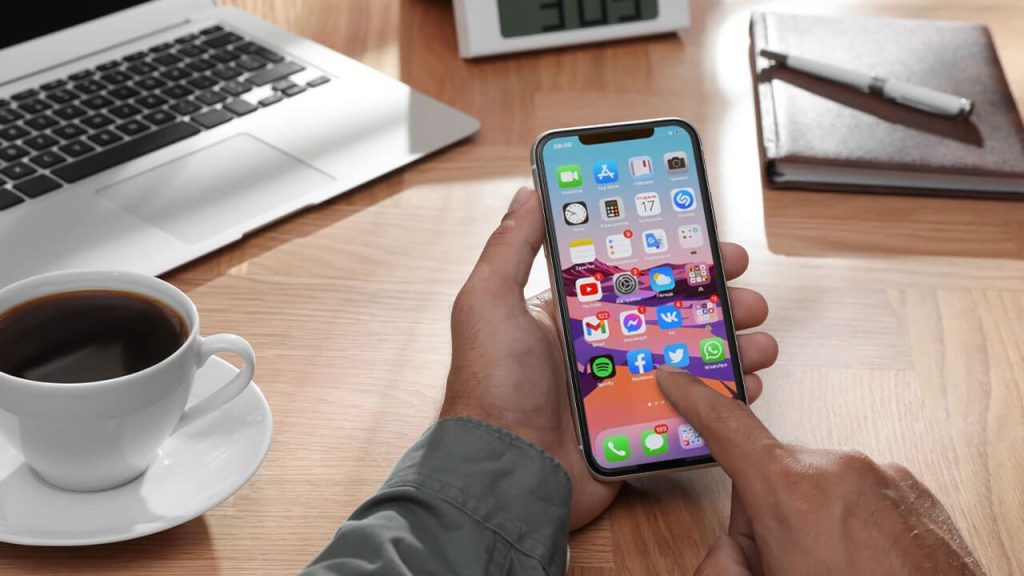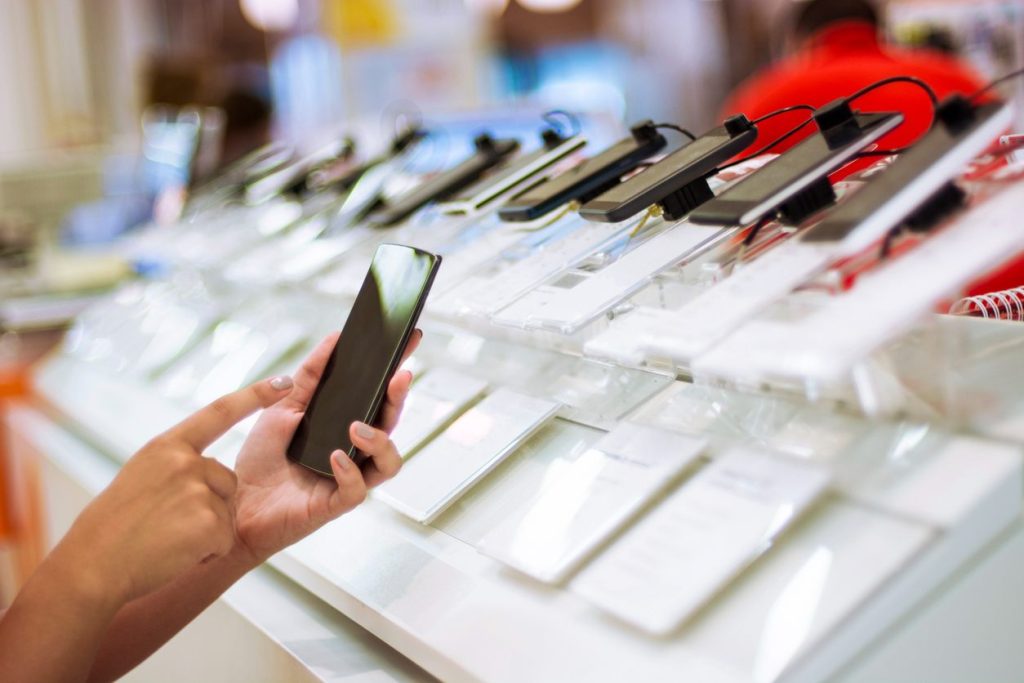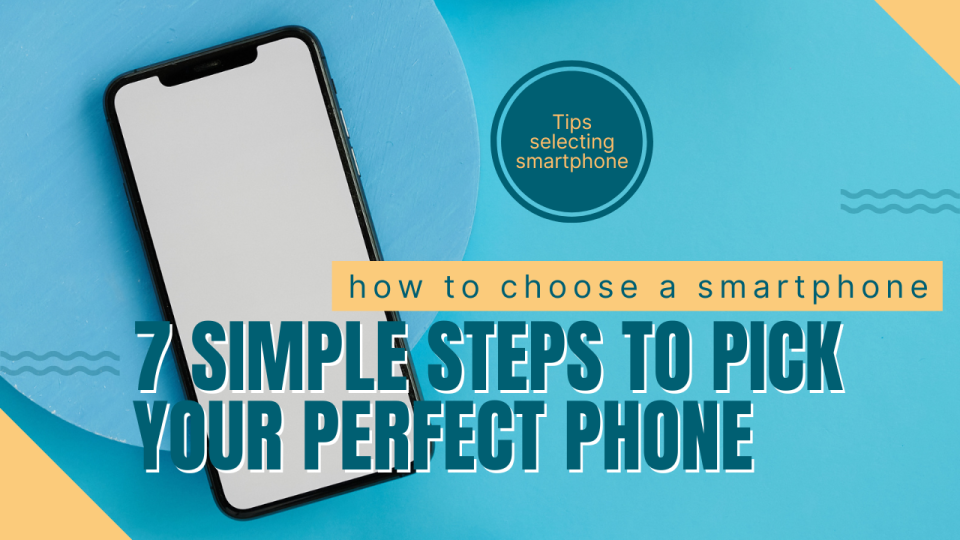Simple Steps to Pick Your Perfect Phone : Choosing the perfect smartphone can be overwhelming with so many options available. Whether you’re a photography enthusiast, a hardcore gamer, a business professional, or a budget-conscious buyer, the right phone depends on your needs.
This guide breaks down 7 simple steps to help you pick the best smartphone, along with specialized tips for different user types.
Step 1: Define Your Primary Use Case
Before diving into specs, ask yourself: What will I use my phone for the most?
Smartphones excel in different areas:
- Photography & videography (high-end camera phones)
- Gaming (powerful processors & high refresh rate screens)
- Business & productivity (long battery life, multitasking, security)
- Everyday use (balanced performance & affordability)
Identifying your main priority will narrow down your choices.

The Ultimate Guide to Selecting the Perfect Camera Phone for Photography Lovers
If photography is your top priority, focus on these key features:
1. Sensor Size & Megapixels
- Larger sensors capture more light (better low-light performance).
- High megapixels (50MP+) help in detailed cropping but aren’t everything.
2. Lens Variety (Ultra-Wide, Telephoto, Macro)
- Ultra-wide for landscapes.
- Telephoto (3x-10x zoom) for portraits and distant shots.
- Macro for close-ups (less critical).
3. Computational Photography (Night Mode, HDR, AI Enhancements)
- Google Pixel, iPhone, and flagship Samsung phones excel here.
4. Video Capabilities (4K/8K, Stabilization, Pro Modes)
- Look for OIS (Optical Image Stabilization) and Dolby Vision HDR (iPhone).
Top Picks:
- Best Overall: iPhone 15 Pro Max, Samsung Galaxy S24 Ultra
- Best Budget: Google Pixel 7a
- Best for Video: iPhone 15 Pro

Step 2: Choose Your Operating System (iOS vs. Android)
The two major ecosystems are iOS (Apple) and Android (Samsung, Google, OnePlus, etc.).
iPhone or Samsung? Complete Feature Breakdown for Smart Buyers
| Feature | iPhone (iOS) | Samsung (Android) |
|---|---|---|
| Ecosystem | Seamless with Mac, iPad, Apple Watch | Works with Windows & Google services |
| Software Updates | 5-7 years of updates | 4-5 years (flagships) |
| Customization | Limited | Highly customizable |
| Security | Strong privacy controls | Good, but more vulnerable to malware |
| Price | Expensive | Wider range (budget to premium) |
Who Should Pick iPhone?
- You own other Apple devices.
- You prefer long-term software support.
- You prioritize video recording.
Who Should Pick Samsung/Android?
- You want more hardware choices.
- You like customization (themes, sideloading apps).
- You need a foldable phone (Galaxy Z Fold/Flip).
Step 3: Performance Matters (Processor & RAM)
A fast processor ensures smooth multitasking and future-proofing.
Gaming Beast: Selecting High-Performance Smartphones for Gamers
For mobile gamers, look for:
1. Flagship Processor
- Apple A17 Pro (iPhone 15 Pro) – Best for iOS gaming.
- Snapdragon 8 Gen 3 (Samsung S24, OnePlus 12) – Top Android chip.
- Dimensity 9300 (vivo X100) – Great alternative.
2. High Refresh Rate Display (120Hz or 144Hz)
- Smoother visuals in fast-paced games.
3. Cooling System
- Gaming phones like ASUS ROG Phone 8 have built-in fans.
4. Battery Life (5000mAh+ with fast charging)
- Avoid phones that overheat and throttle performance.
Top Gaming Phones:
- Best Overall: iPhone 15 Pro (A17 Pro)
- Best Android: ASUS ROG Phone 8
- Budget Pick: Poco F6 Pro
Step 4: Battery Life & Charging Speed
A phone that dies quickly is frustrating. Consider:
- Battery Capacity: 4000mAh (minimum), 5000mAh+ (ideal).
- Fast Charging: 30W+ (Samsung, OnePlus), 20W (iPhone).
- Wireless Charging: Convenient but slower.
Best Battery Life Phones:
- iPhone 15 Plus (Best iOS battery)
- Samsung Galaxy S24 Ultra (Best Android endurance)
- Moto G Power (2024) (Best budget battery)
Professional Power: Business-Focused Phone Selection Strategy
For professionals, security and productivity are key.
1. Security Features
- iPhone: Face ID, Secure Enclave.
- Samsung: Knox security, fingerprint + face unlock.
2. Multitasking & Productivity
- Foldables (Galaxy Z Fold 6) – Multitasking beast.
- S Pen Support (Samsung Ultra models) – Note-taking.
3. Enterprise Support
- iPhones and Samsung flagships have strong business integration.
Best Business Phones:
- Best Overall: Samsung Galaxy S24 Ultra
- Best for iOS Users: iPhone 15 Pro
- Best Foldable: Galaxy Z Fold 6
Step 5: Display Quality (Size, Resolution, Brightness)
A great screen enhances everything:
- OLED > LCD (Deeper blacks, better contrast).
- Resolution: 1080p (good), 1440p (sharper).
- Brightness: 1000+ nits for outdoor visibility.
Best Displays:
- iPhone 15 Pro (Super Retina XDR)
- Samsung S24 Ultra (Dynamic AMOLED 2X)
- OnePlus 12 (2K 120Hz LTPO)

Value Hunter: Maximizing Features Within Your Price Point
You don’t always need a flagship. Here’s how to get the best value:
1. Mid-Range Kings (Under $500)
- Google Pixel 7a – Best camera in budget.
- Samsung Galaxy A54 – Great all-rounder.
- OnePlus Nord 3 – Flagship-like performance.
2. Refurbished Flagships
- Certified refurbished iPhone 13 or Samsung S22 save money.
3. Avoid Overpaying for Unnecessary Features
- Do you really need 8K video or 10x zoom?
Step 6: Storage & Future-Proofing
- 128GB (Minimum for most users).
- 256GB+ (For gamers, photographers, 4K video).
- Expandable Storage? (Some Samsung/Android phones support microSD).
Step 7: Read Reviews & Compare Before Buying
- Check YouTube reviews (MKBHD, MrWhoseTheBoss).
- Compare on GSMarena, PhoneArena.
- Test in-store if possible.
Final Thoughts
Picking the perfect phone boils down to:
- Your primary use case (camera, gaming, business, budget).
- iOS vs. Android preference.
- Performance needs (processor, RAM).
- Battery & charging.
- Display quality.
- Storage requirements.
- Research before buying.
By following these steps, you’ll find a phone that fits your lifestyle without overspending. Happy phone hunting!
Read more on Techiedeck
